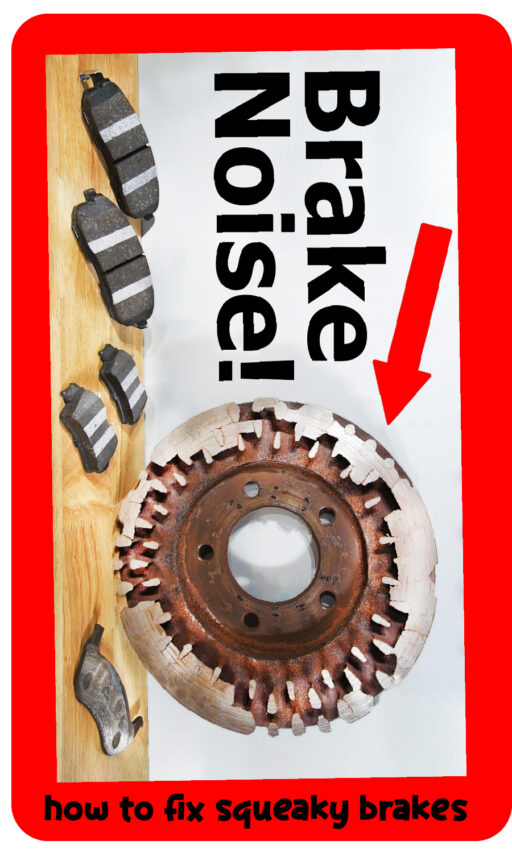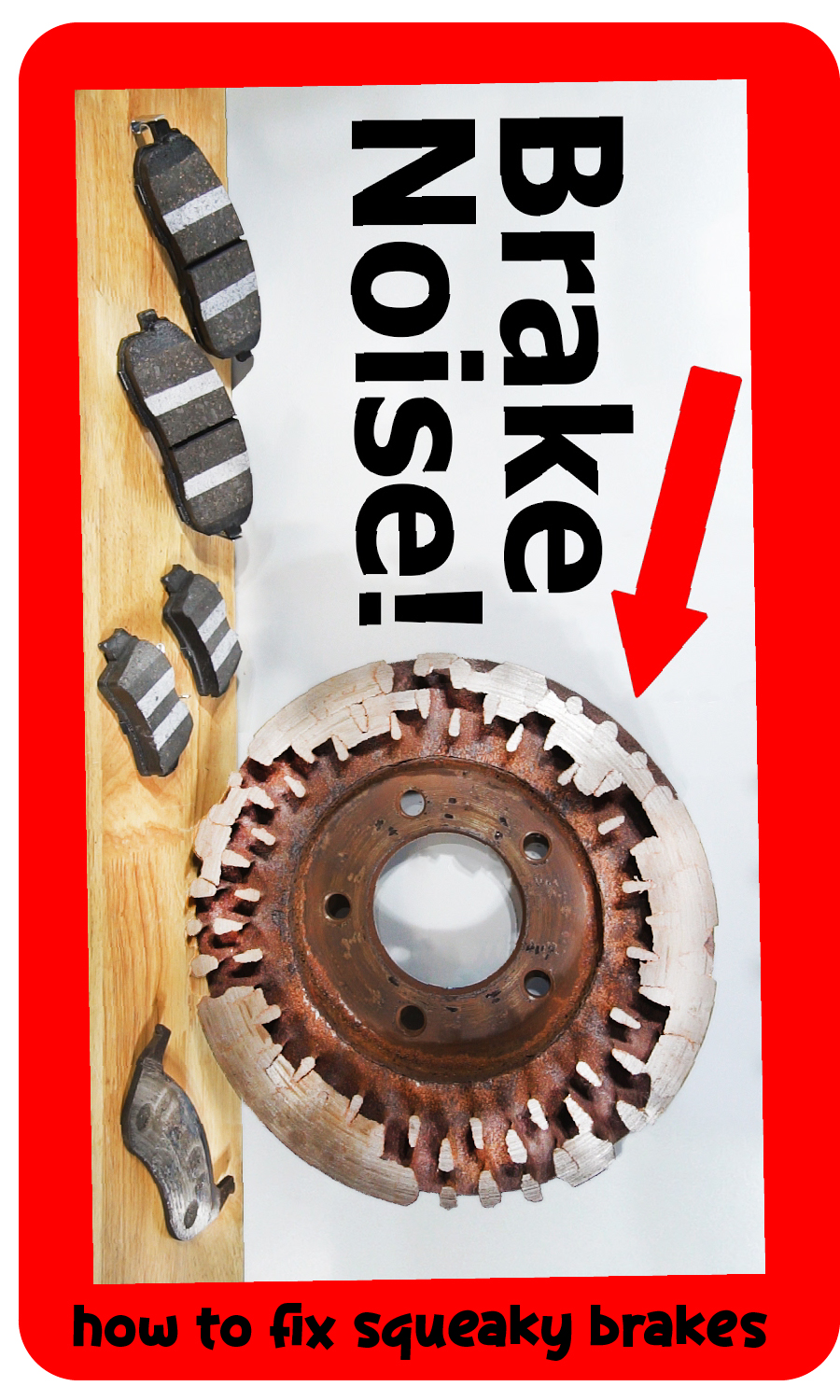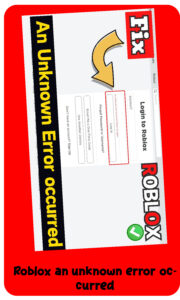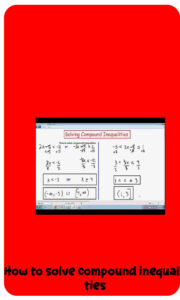Apply lubricant to the brake pad’s edges that connect to the caliper. Then remove the slide pins that float the caliper between the rotor and the caliper and clean them. Apply a small amount of lubricant to the brake pad’s backing plates.
- how to stop squeaky disc brakes on a bike
- anti squeal brake spray
- how to apply brake squeal spray
- disc brake quiet spray
- crc disc brake quiet
- how to apply brake lubricant
Squeaky brakes can be annoying and may indicate wear or other issues, but they can often be fixed with some basic maintenance. Here’s a step-by-step guide to address squeaky brakes without assuming access to specialized tools, based on common causes:
- Inspect the Brake Pads:
- Why they squeak: Worn brake pads are a common cause of squeaking. Most pads have a wear indicator that produces a high-pitched noise when the pad material is low.
- Fix: Check the thickness of the brake pads by looking through the wheel spokes or removing the wheel (if you’re comfortable). If the pads are less than 1/4 inch thick, replace them. You can use a wrench to remove the caliper bolts and swap pads (new pads cost $20–$50 per axle at auto parts stores).
- Clean the Brakes:
- Why they squeak: Dirt, dust, or debris on the brake pads or rotors can cause noise.
- Fix: Spray a brake cleaner (available at auto stores for ~$5) on the rotors and calipers to remove grime. Use a clean rag to wipe down accessible areas. Avoid touching the rotor with bare hands to prevent oil contamination.
- Lubricate Contact Points:
- Why they squeak: Lack of lubrication on the brake pad backing plates or caliper pins can cause vibration and noise.
- Fix: Apply a thin layer of brake-specific lubricant or high-temperature grease (not regular grease) to the back of the brake pads (where they contact the caliper) and the caliper pins. Use a small brush or gloved finger to apply. Avoid getting grease on the pad’s friction surface or rotor. A small tube of brake lube costs ~$5–$10.
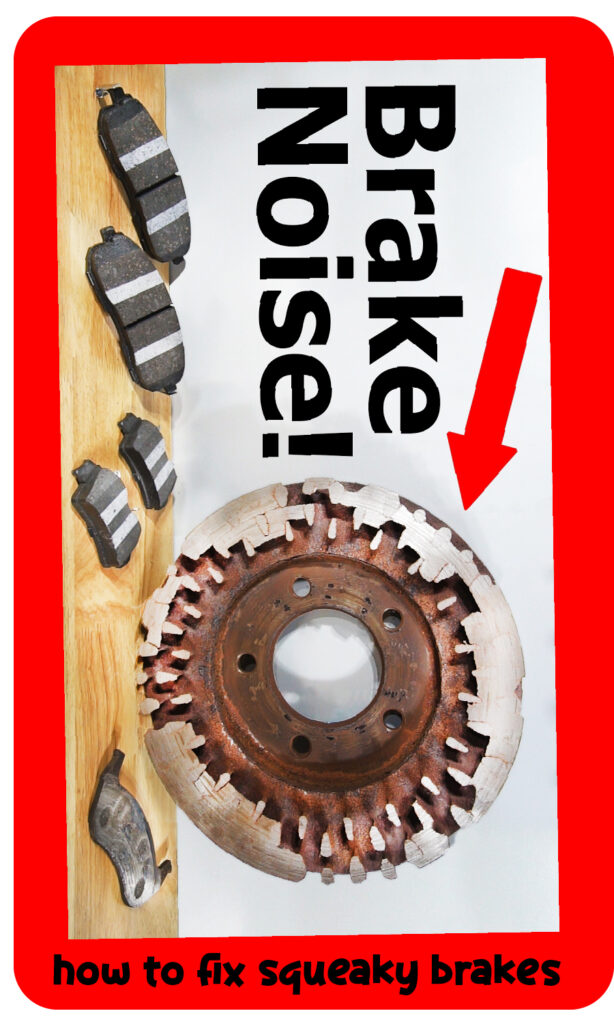
- Check for Glazing:
- Why they squeak: Overheated brake pads can develop a hard, glossy surface (glazing), causing squeaks.
- Fix: Lightly sand the brake pad surface with medium-grit sandpaper (120–150 grit) to remove the glaze. If the pads are too worn, replace them instead.
- Inspect the Rotors:
- Why they squeak: Warped or uneven rotors can cause noise during braking.
- Fix: Visually check the rotor for grooves or uneven wear. If damaged, rotors may need resurfacing or replacement, which requires a mechanic unless you have a jack, stands, and torque wrench. For a temporary fix, cleaning the rotor thoroughly may help.
- Test Drive and Recheck:
- After applying fixes, drive slowly and brake gently to test for noise. If the squeak persists, the issue may be more complex (e.g., loose caliper hardware or worn shims), requiring professional attention.
Tips:
- Always work on brakes in a safe, stable environment (flat surface, parking brake engaged, wheels chocked).
- If you’re unsure about disassembling brakes, consult a mechanic, as improper handling can affect braking safety.
- Squeaking after new pads is normal for a few days but should subside. If it doesn’t, recheck the installation or lubrication.
- For disc brakes, the process is similar across vehicles, but drum brakes (common on rear wheels of older cars) may require different steps.
When to Seek a Professional:
- Persistent squeaking after trying fixes.
- Grinding noises, which indicate severe pad wear or metal-on-metal contact.
- Brake performance issues (e.g., soft pedal, reduced stopping power).
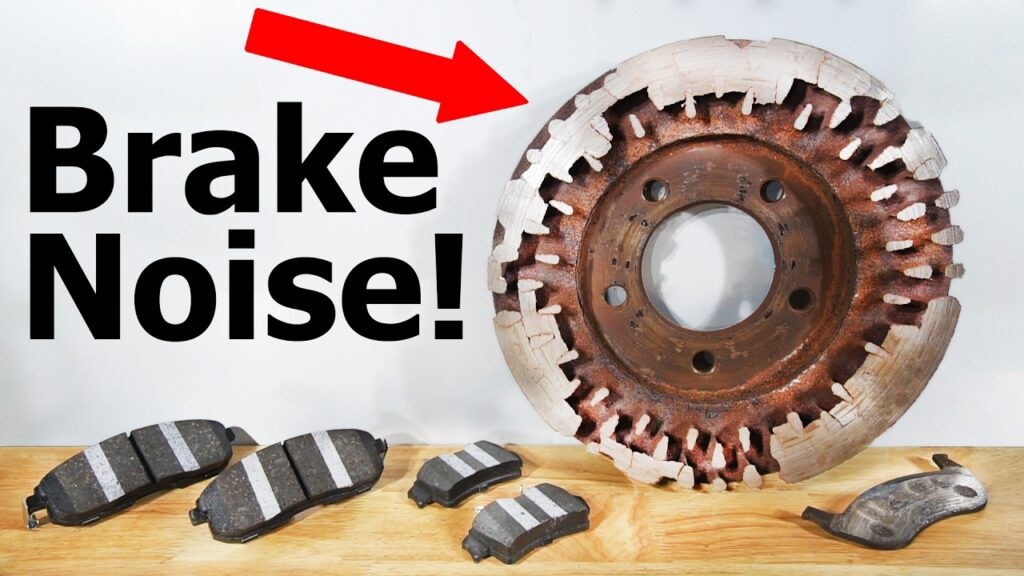
If you have specific details (e.g., car make/model, disc vs. drum brakes, or a video of the noise), I can tailor the advice further. Let me know if you need guidance on tools or a specific step!
